space
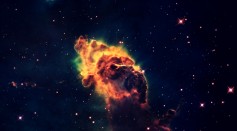
Do Astronomers Know How Many Galaxies There Are in the Universe? New Research Suggests It May Be Infinite
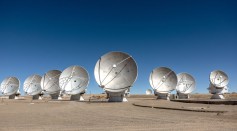
ALMA Telescope Reveals Details of the Nearly Impossible-To-See 'Invisible' Galaxy From the Early Universe

Water on Mars? NASA's Curiosity Rover Collects Best Evidence of Martian Waves, Waters
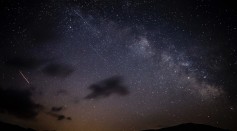
Blazing Green Comet To Loom Beside Mars; How To See This Rare Cosmic Sighting?
![Creating a Sun Shield From Moondust Could Mitigate Climate Change on Earth [Study]](https://1721181113.rsc.cdn77.org/data/images/full/44778/creating-a-sun-shield-from-moondust-could-mitigate-climate-change-on-earth-study.jpg?w=237&h=131)
Creating a Sun Shield From Moondust Could Mitigate Climate Change on Earth [Study]

Hubble Telescope Gauges Mass of Lone White Dwarf Using Einstein's Gravitational Microlensing
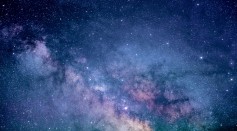
Engine Powering Two Merging Galaxies Spotted by James Webb Space Telescope; What Happens During Galactic Collisions?
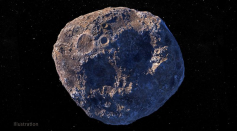
AstroForge, the Asteroid Mining Startup, Launches Its First Two Space Missions in 2023

New AI Trained to Look for Extraterrestrial Life Detects 8 'Very Suspicious' Signals: Are Those Worthy of Study?
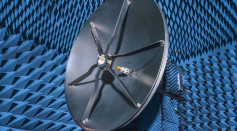
NASA Roman Missions High Gain Antenna Passed Trials, Deployment to Goddard Space Flight Center Possibly on 2027
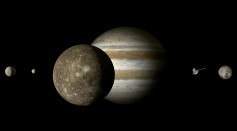
Jupiter Now Has Total of 92 Moons After Astronomers Found 12 New Ones; Where Did They Come From?

SpaceX Will Attempt to Launch First Starship Orbital Test Flight in March, CEO Elon Musk Announces
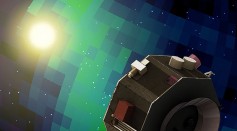
NASA Standing Review Board Confident That IMAP Mission Will Succeed After Completing a Critical Design Review
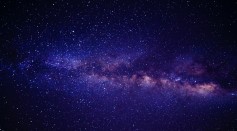
'1 in 10 Billion' Twin Stars Could Cause Massive Kilonovas Blast; What Are Kilonovas and How Are They Different From Other Cosmic Explosions?
Most Popular

AI Revolution in Medical Education: Transforming How Healthcare Professionals Learn

Optimizing Complex Catalog Systems with Graph Theory and Indexing

Out of Office, Not Out of Mind: Planning for Employee Holiday Absences

Nikolay Karpenko Biography, Photo, Career, Accomplishments






